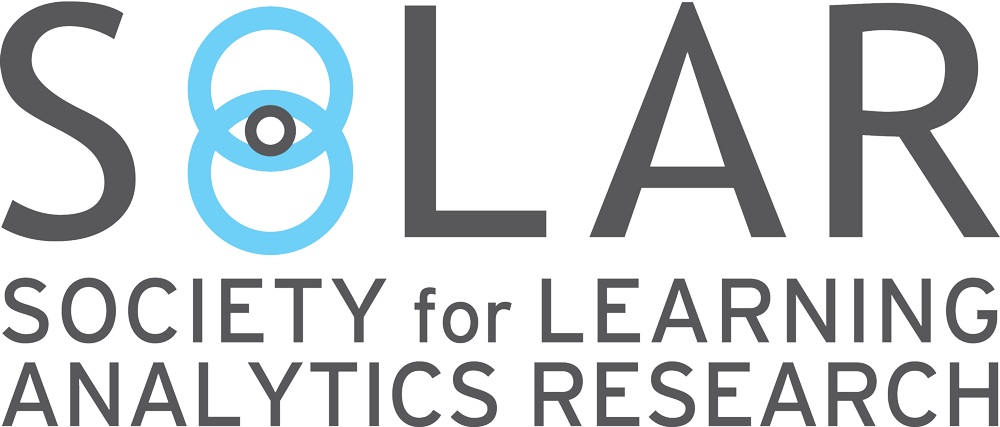Conference Format
This won’t be like any other conference that you have attended lately – there will be very little talking “at” you. Concurrent sessions with presenters will not be happening.
Instead, you will have the opportunity to connect with colleagues and do practical work – to collaborate with faculty and staff from around the country to tackle some of higher education’s biggest challenges through the application of learning analytics. Each team will be working under the assumption of unlimited access to data and resources, but should be aware that real world problems will be interjected for consideration.
Topics for discussion may include:
• Increasing success among women and minorities in STEM fields
• Enhancing community college success and completion rates
• Improving access and success rates for first-generation and/or low-income students
• Addressing higher education pipeline issues
• Developing a means for more students to graduate with a college degree
• Altering the design and delivery of gateway courses
• Examining the relationship between student engagement, learning outcomes, and performance
Each topic will be facilitated by a thought leader in higher education. Prior to the event, thought leaders will provide a clearly-defined challenge to be addressed by each group. Each team will work on developing a practical solution, considering both technical and non-technical attributes, that focuses on sustainability and scalability. Further, solutions should present information to students, faculty, and administrators alike – such that each person at the institution can become instrumental and responsible for student success.
The solutions will be presented in two ways: First, at the conclusion of the conference, each working group will present its solution to the larger group. Second, each group will develop a brief write-up of their solution while at the conference. These write-ups will be synthesized into a broader white paper addressing analytic solutions to challenges found in higher education, combined with the thought leaders’ position papers, and published in Spring, 2013.
